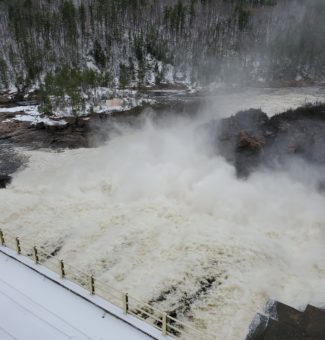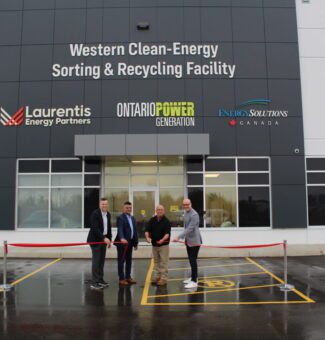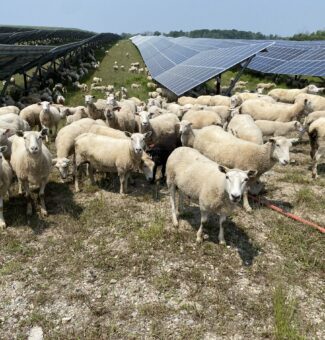Creating New Wetlands in Southwestern Ontario
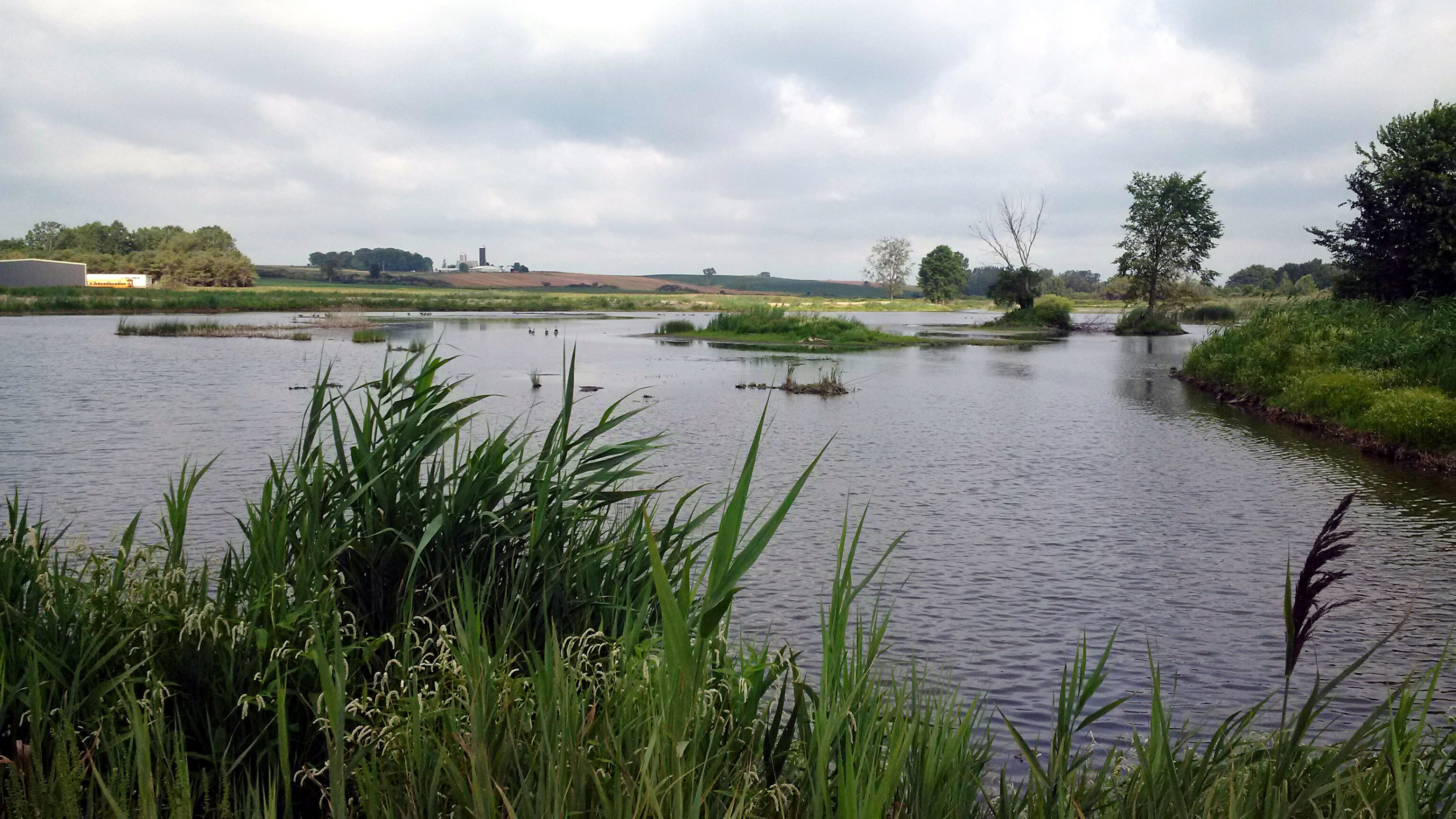
How do you create a healthy new wetland? Pick the right area, dig the right depth, plant the right aquatic vegetation, and get the support of private landowners and key partners.
It is a recipe the Long Point Region Conservation Authority (LPRCA) has mastered over many years of wetland creation in southwestern Ontario. As wetlands such as marshes and bogs continue to disappear in southern Ontario, LPRCA’s efforts are helping to revive these important habitats for animals and native vegetation.
OPG, through its Regional Biodiversity Program, helps fund the conservation authority’s tree planting and wetland restoration initiatives. With more than 2,800 square kilometres of watershed under LPRCA’s purview, the conservation authority and its partners work diligently to save these ecologically sensitive areas by planting more than 100,000 trees annually and building an average of five new wetlands per year.
“It all starts with looking over old aerial photos and surveys,” said Paul Gagnon, Lands and Waters Supervisor with LPRCA, which owns 10,930 acres of conservation lands near Lake Erie in the heart of Carolinian Canada.
We try to determine where the historic wetlands would have been located and try to restore those areas. If we can’t build the wetlands there we put them as close as possible to benefit the ecosystem and habitat connectivity.Paul Gagnon, Lands and Water Supervisor with LPRCA
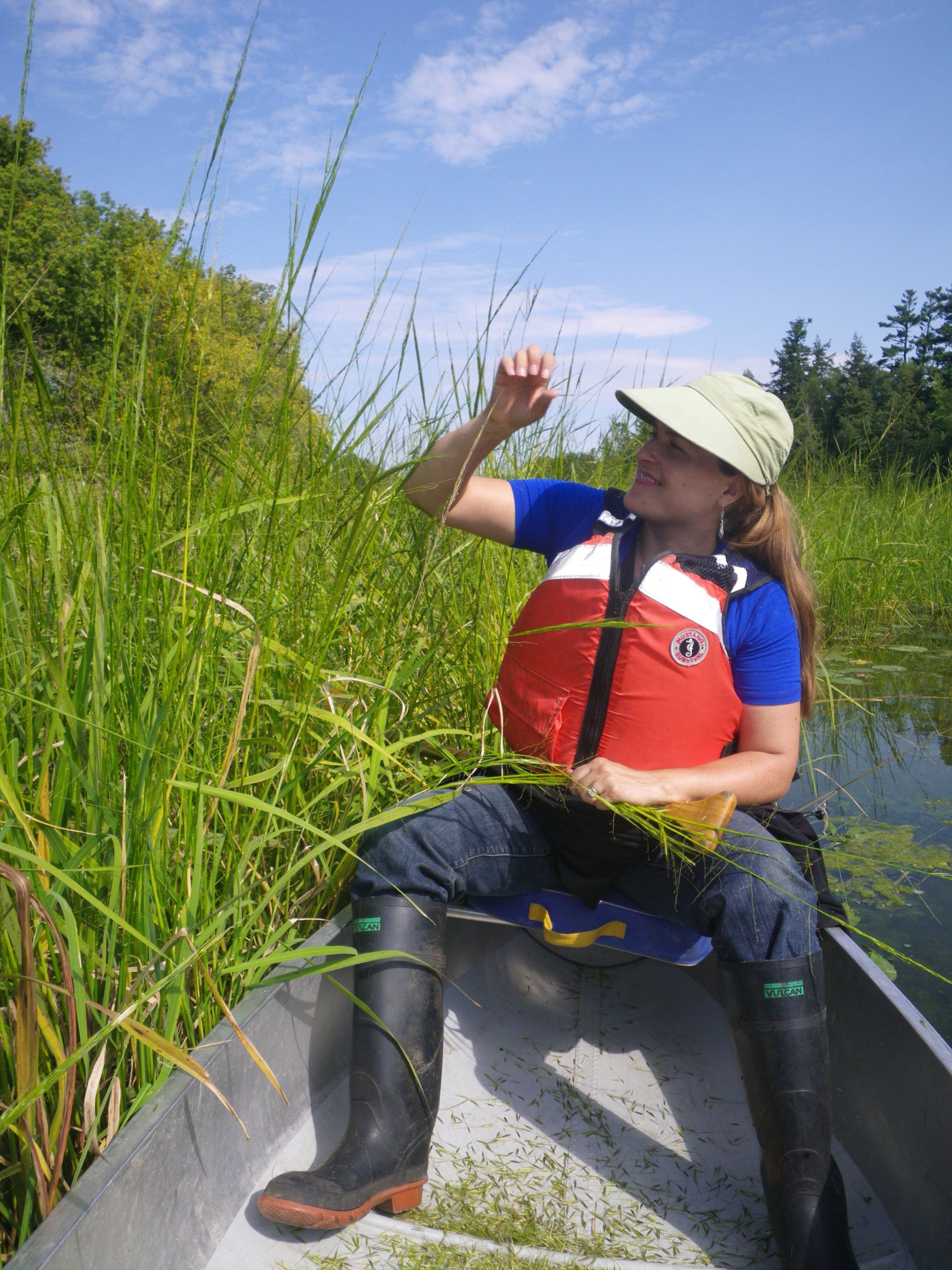
Most new wetlands are created near existing larger wetlands to help enhance those areas. Some of LPRCA’s newly created wetlands are strategically located near Long Point marsh and the Big Creek valley.
Once an area has been identified, the conservation authority reaches out to private landowners to work with them.
“Rural property owners are great stewards of the land,” said Gagnon. “They’re on the land every day and the first to notice changes in the environmental landscape.” Often, the areas designated for wetland creation are too wet and unsuitable for agriculture and overrun with aggressive non native plants like phragmites and reed canary grass.
“We basically remove the patch of the land housing these species and create an open water wetland in its place,” Gagnon said.
Working with a contractor, LPRCA carves out an area about one acre in size (roughly equal to a football field) that is usually 50 per cent open water, measuring four to six feet deep. The other 50 per cent is dug one to three feet in depth to allow for emergent vegetation to take root and grow. This arrangement maximizes diversity and habitat.
Effort is also made to gradually recede the side slopes of the wetland to mimic natural conditions and accommodate species, like amphibians, that rely on changes in water depth to survive. Rocks and dead trees are also placed to provide more resting areas for wildlife.
Fed by surface water from a nearby larger watershed, the finished wetland creation has all the ingredients to thrive and survive, providing new habitats for ducks, songbirds, turtles and frogs. “Our goal is to try to recreate as natural a wetland as possible,” Gagnon said.
It’s a formula that has yielded much success. Over the last 10 years, LPRCA has created approximately 50 new wetlands in southwestern Ontario. Gagnon says OPG’s support has been instrumental.
We would not be where we are without that partnership. OPG’s support has created a ripple effect across this region that has enhanced environmental, social and economic benefits.Paul Gagnon, Lands and Water Supervisor with LPRCA
Subscribe and stay informed
Sign up to receive the latest news, project updates, and event information from OPG.
